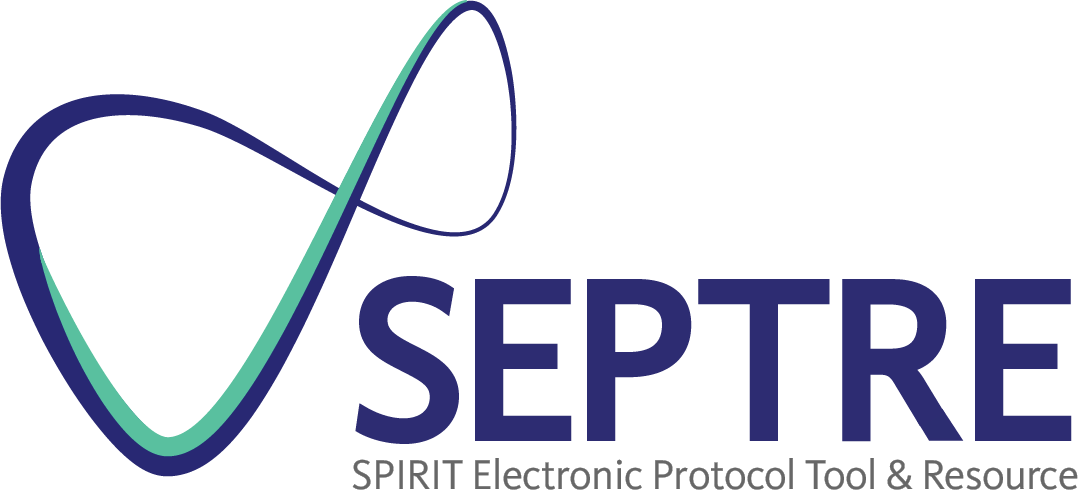Item 27: How personal information about potential and enrolled participants will be collected, shared, and maintained in order to protect confidentiality before, during, and after the trial.
Example
“8.5 Confidentiality
All study-related information will be stored securely at the study site. All participant information will be stored in locked file cabinets in areas with limited access. All laboratory specimens, reports, data collection, process, and administrative forms will be identified by a coded ID [identification] number only to maintain participant confidentiality. All records that contain names or other personal identifiers, such as locator forms and informed consent forms, will be stored separately from study records identified by code number. All local databases will be secured with password-protected access systems. Forms, lists, logbooks, appointment books, and any other listings that link participant ID numbers to other identifying information will be stored in a separate, locked file in an area with limited access.
All HIV [human immunodeficiency virus] test results will be kept strictly confidential, all counseling and blood draws will be conducted in private rooms, and study staff will be required to sign agreements to preserve the confidentiality of all participants. Study staff will never inform network members of the serostatus of other members of their group, but counselors will provide general messages about the prevalence of HIV in the study population in the interests of emphasizing harm reduction.
Participants’ study information will not be released outside of the study without the written permission of the participant, except as necessary for monitoring by NIAID [National Institute of Allergy and Infectious Diseases] and/or its contractors . . . representatives of the HPTN CORE [HIV Prevention Trials Network Coordinating and Operations Center] . . . and US or in-country government and regulatory authorities.”359
Explanation
Personal information about participants is acquired during the process of trial recruitment, eligibility screening, and data collection. Much of this information consists of private details over which people customarily wish to maintain control, such as their health status, personal genotype, and social and family history.
The protocol should describe the means whereby personal information is collected, kept secure, and maintained. In general, this involves: 1) the creation of coded, de-personalised data where the participant’s identifying information is replaced by an unrelated sequence of characters; 2) secure maintenance of the data and the linking code in separate locations using encrypted digital files within password-protected folders and storage media; and 3) limiting access to the minimum number of individuals necessary for quality control, audit, and analysis. The protocol should also describe how the confidentiality of data will be preserved when the data are transmitted to sponsors and co-investigators (e.g., Virtual Private Network Internet transmission).
| 26b: Ancillary studies | 28: Declaration of interests |

